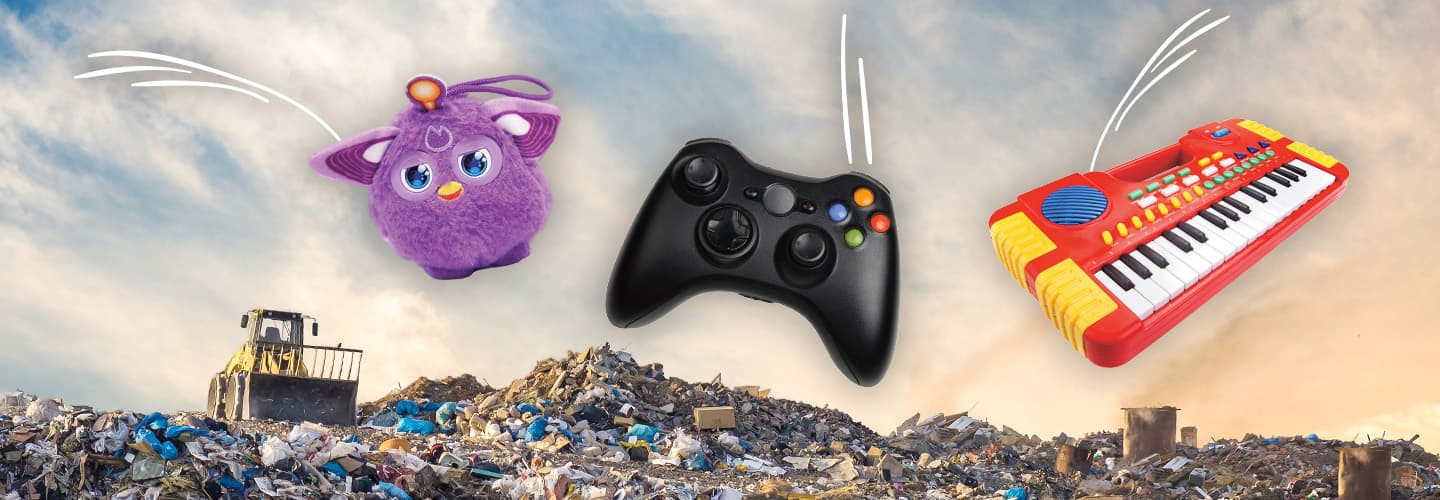Think about any toy you have that moves, lights up, or makes noise. Maybe it’s a remote-controlled race car, a talking doll, a handheld video game, or even a robotic dog.
Have you thought about what will happen to that toy after you no longer want to play with it? There’s a good chance it’ll eventually end up in the trash.
Any toy with a plug or battery is considered an electronic toy, or “e-toy” for short. In 2022, people worldwide threw out more than 7 billion e-toys. That’s according to a recent report from a group called the Waste Electrical and Electronic Equipment Forum.
Many people don’t realize that e-toys can—and should—be recycled. Though recycling these products isn’t easy, doing so is important for the environment.
Think about any toy you have that moves, lights up, or makes noise. Maybe it’s a remote-controlled race car or a talking doll. It might be a handheld video game or a robotic dog.
What will happen to that toy after you no longer want to play with it? There’s a good chance it’ll eventually end up in the trash.
Any toy with a plug or battery is considered an electronic toy. That’s “e-toy” for short. In 2022, people worldwide threw out more than 7 billion e-toys. That’s according to a recent report from a group called the Waste Electrical and Electronic Equipment Forum.
Many people don’t realize that e-toys can—and should—be recycled. Recycling these products isn’t easy. But it’s important for the environment.

